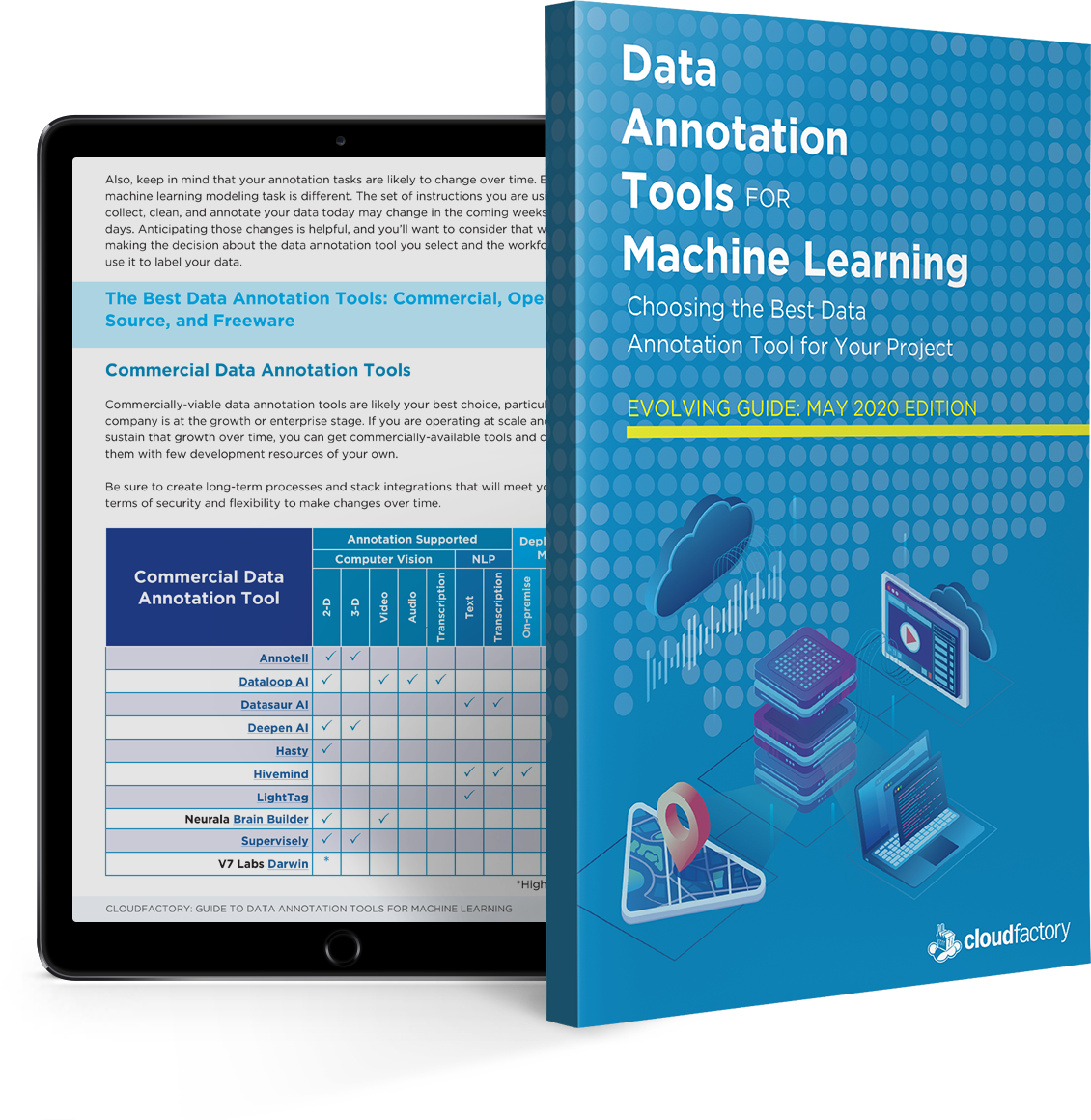Introduction
In the fast-paced world of artificial intelligence and machine learning, data annotation has emerged as a crucial step in training models to understand and process information accurately. Whether you’re a budding data scientist or a seasoned professional, mastering data annotation is essential. This comprehensive guide will walk you through everything you need to know about data annotation starter assessments, ensuring you’re well-equipped to embark on your data annotation journey.We’ll cover what data annotation is, why it’s important, the different types of data annotation, how to choose the right tools, and how to perform a starter assessment. By the end of this guide, you’ll have a clear understanding of how to effectively annotate data and conduct assessments that meet industry standards.
Table of Contents
- What is Data Annotation?
- Importance of Data Annotation in Machine Learning
- Types of Data Annotation
- Tools for Data Annotation
- How to Conduct a Data Annotation Starter Assessment
- Best Practices for Data Annotation
- Common Challenges and How to Overcome Them
- FAQs about Data Annotation Starter Assessments
What is Data Annotation?
Data annotation is the process of labeling data to make it understandable for machine learning models. This can involve tagging images, labeling text, or marking audio clips. Annotations provide the necessary context for AI systems to learn and make accurate predictions.
Why is it Important?
Data annotation is the backbone of supervised learning. Without labeled data, machine learning models cannot learn to make accurate decisions. Quality annotations lead to more reliable and efficient models, which are critical for applications ranging from autonomous vehicles to natural language processing.
Importance of Data Annotation in Machine Learning
Data annotation is crucial because it enables machine learning models to understand and interpret data. Here are a few reasons why data annotation is essential:
- Accuracy: Properly annotated data ensures that models make accurate predictions.
- Efficiency: High-quality annotations reduce the time and resources required to train models.
- Scalability: Annotated data can be used to scale models across different applications and industries.
Types of Data Annotation
Several types of data annotation are used depending on the application. Here are some of the most common types:
1. Image Annotation
This involves labeling objects within images. It can include bounding boxes, polygons, and keypoint annotations.
2. Text Annotation
Text annotation involves labeling sentences or phrases within a body of text. This can include sentiment analysis, named entity recognition, and part-of-speech tagging.
3. Audio Annotation
Audio annotation involves labeling sound clips. This can include transcriptions, identifying speakers, and marking specific sounds.
4. Video Annotation
Video annotation involves labeling objects or actions within video frames. This is often used in applications like surveillance and autonomous driving.
Tools for Data Annotation
Choosing the right tool is crucial for efficient data annotation. Here are some popular tools:
1. Labelbox
Labelbox offers a user-friendly interface and supports a variety of annotation types, including image, text, and video.
2. Amazon SageMaker Ground Truth
Amazon SageMaker Ground Truth provides automated data labeling, making it easier to manage large datasets.
3. SuperAnnotate
SuperAnnotate is known for its robust image and video annotation capabilities, as well as its collaborative tools.
4. Prodigy
Prodigy is a versatile tool that supports text, image, and video annotations. It also offers active learning features to improve annotation efficiency.
How to Conduct a Data Annotation Starter Assessment
A data annotation starter assessment is a preliminary evaluation to gauge the quality and efficiency of your annotation process. Here’s a step-by-step guide to conducting a starter assessment:
Step 1: Define the Scope
Determine the type of data you will be annotating and the specific annotations required. This could include image labeling, text tagging, or audio marking.
Step 2: Select a Sample Dataset
Choose a representative sample of your dataset for the assessment. This should include a variety of data points to ensure a comprehensive evaluation.
Step 3: Choose an Annotation Tool
Select an annotation tool that fits your needs. Consider factors like ease of use, supported annotation types, and collaboration features.
Step 4: Train Annotators
If you have a team of annotators, provide them with training on the annotation tool and the specific requirements of the project.
Step 5: Conduct the Annotation
Annotate the sample dataset according to the defined scope. Ensure that annotations are consistent and follow the guidelines provided.
Step 6: Evaluate the Results
Review the annotated data for accuracy and consistency. Identify any errors or inconsistencies and provide feedback to the annotators.
Step 7: Iterate and Improve
Based on the feedback, make necessary adjustments to the annotation process. This could include refining guidelines, providing additional training, or selecting a different tool.
Best Practices for Data Annotation
To ensure high-quality annotations, follow these best practices:
1. Define Clear Guidelines
Provide annotators with clear and detailed guidelines to ensure consistency and accuracy.
2. Conduct Regular Reviews
Regularly review annotated data to catch errors early and provide feedback to annotators.
3. Use Automated Tools
Leverage automated tools to assist with repetitive tasks and improve efficiency.
4. Provide Training
Invest in training for your annotators to ensure they understand the requirements and can use the tools effectively.
5. Ensure Data Privacy
Ensure that your annotation process complies with data privacy regulations and that sensitive information is protected.
Common Challenges and How to Overcome Them
Data annotation comes with its own set of challenges. Here are some common issues and how to address them:
1. Inconsistent Annotations
Solution: Provide detailed guidelines and conduct regular reviews to ensure consistency.
2. High Costs
Solution: Use automated tools to reduce the time and resources required for annotation.
3. Annotator Fatigue
Solution: Rotate tasks and provide breaks to prevent fatigue and maintain accuracy.
4. Data Privacy Concerns
Solution: Implement strict data privacy measures and ensure compliance with regulations.
Conclusion
Data annotation is a critical step in the machine learning process, and conducting a starter assessment is essential for ensuring high-quality annotations. By following the steps and best practices outlined in this guide, you’ll be well-equipped to embark on your data annotation journey. Remember, the key to successful data annotation lies in consistency, accuracy, and continuous improvement.
FAQs about Data Annotation Starter Assessments
1. What is a data annotation starter assessment?
A data annotation starter assessment is a preliminary evaluation to gauge the quality and efficiency of your annotation process.
2. Why is data annotation important?
Data annotation is crucial for training accurate and efficient machine learning models.
3. What are some common types of data annotation?
Common types of data annotation include image annotation, text annotation, audio annotation, and video annotation.
4. What tools are available for data annotation?
Popular data annotation tools include Labelbox, Amazon SageMaker Ground Truth, SuperAnnotate, and Prodigy.
5. How can I ensure high-quality annotations?
To ensure high-quality annotations, provide clear guidelines, conduct regular reviews, use automated tools, provide training, and ensure data privacy.


